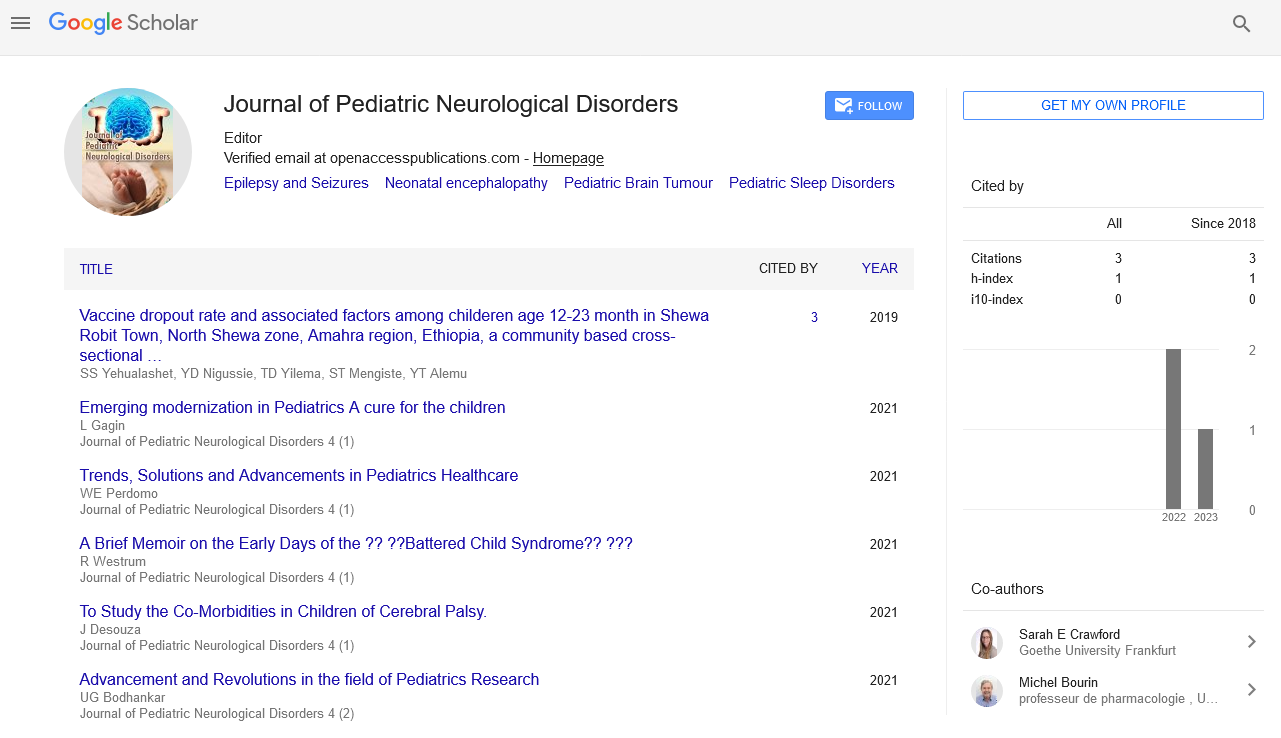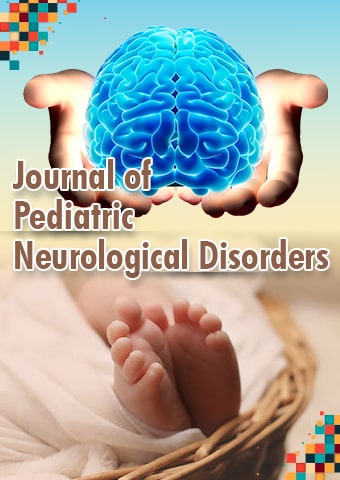Short Communication - Journal of Pediatric Neurological Disorders (2020) Volume 3, Issue 4
Profile of kawasaki disease at a tertiary care centre in India
Sandip Gupta
Aster CMI Hospital, India
Abstract
Background: Kawasaki disease (KD) is the most common cause of acquired heart disease in developed countries. KD is increasingly being reported from India, however, studies involving large number of patients are few.
Methods: All children presenting to the center from January 2017 to December 2019, diagnosed to have KD, were retrospectively included in the study. Clinical and laboratory profile including echocardiograms were reviewed. Factors contributing to intravenous immunoglobulin (IVIg) refractoriness and development of coronary artery abnormalities were assessed.
Results: A total of 39 children with KD presented to the center during the study period. While 32 received initial treatment at our center, seven were referred after the initial intravenous immunoglobulin (IVIg) infusion.
The age range was 2 months to 11 years (mean 42.15 ±38.51 months). More than two-thirds of the cohort wasmale (n=27/39). Mucosal involvement was the commonest clinical abnormality for the group, followed by rash. Hemoglobin was significantly lower in the group with coronary artery involvement (p=0.001). Coronary artery abnormalities (61.5%), incomplete KD and atypical features weremuch more common in infants compared to the rest. Refractoriness to treatment was significantly more common in infants (p=0.029).
Conclusion: A significant proportion of infants with KD had cardiac involvement. Infants were more likely to have IVIg-resistant disease.
Keywords: Kawasaki disease; coronary artery abnormality; Infants
Biography
Sandip Gupta is a Senior Pediatrician & Pediatric Intensivist with 5 yrs post- MD, experience In PICU. He trained in Institutes like Sir Gangaram Hospital, New Delhi and Manipal Hospital and Narayana Hospital, Bangalore over past 5 yrs plus. He have gained experience and expertise in different domains of Pediatric critical care like Pediatric Cardiac critical care & ECMO, Liver transplant, Emergency, Critical care RRT and Retrieval services.

